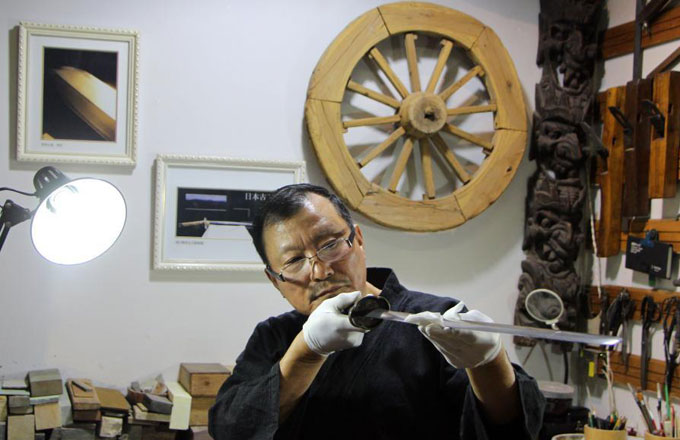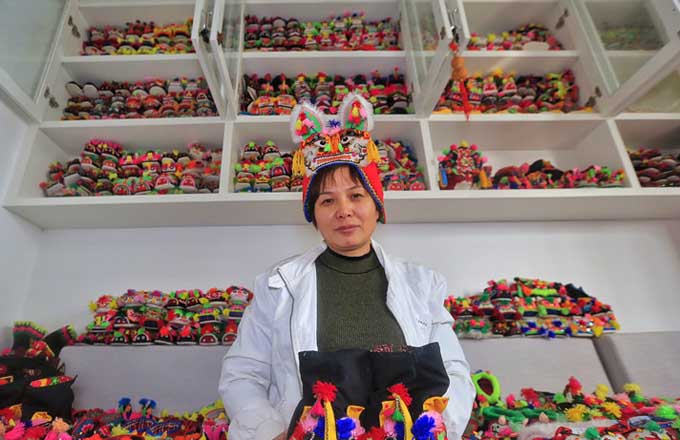H7N9 outbreak linked to waterfowl migration
|
 |
|
A man who has recovered from H7N9 flu thanks a medical worker before being discharged from a Shanghai hospital on Thursday. Liu Yuan / for China Daily |
Scientists confirm connection after research in Shanghai and Zhejiang
The ongoing outbreak of H7N9 infections in humans is linked to the migration of wild birds, research shows.
He Hongxuan, a principal investigator at the Institute of Zoology with the Chinese Academy of Sciences, confirmed the connection, saying it is linked to the migration of wild waterfowl.
"The first outbreak of H7N9 happened in the Yangtze River Delta area in March, and later in April cases of infection were reported in northern provinces. The infection time and route coincided with the migration of water birds," he said.
|
 |
In early April, scientists at He's laboratory visited Shanghai and Zhejiang province to take virus samples from wild birds, and they found that the regions hit by the virus matched the migratory route of birds from East Asia to Australia.
The laboratory monitored 16 human cases of H7N9 and found that 15 happened within the migratory route of waterfowl, he said. "The human infection rate of H7N9 on the migratory route of wild birds was significantly higher than that in the peripheral regions."
Previous research of influenza A viruses supports the finding.In 2009, scientists tracking waterfowl by satellite discovered a migratory connection between H5N1 outbreak areas in China and Mongolia and published the finding in the International Journal of Avian Science.
"Wild waterfowl are natural hosts of influenza A virus," He said. "The current influenza A viruses have all been found in birds before."
The ornithologist said the H7N9 virus was first found in turkeys in the US state of Minnesota in 1988 and was later found in turnstones, mallards, wild ducks and geese.
"But H7N9 is a new, reassortant virus that finished mutation and evolution before the epidemic appeared," he said. "Although the last finding of the virus in birds was in South Korea, there are no grounds to simply say the disease came from that country."
Now, as birds are migrating north, He and his colleagues at the academy are busy monitoring sentinel birds.
As it is rare for the virus to be directly transmitted from birds to humans, He said, there is no need to panic about culling birds.
"Activities like bird watching can still be carried out after virus monitoring," he said.
He also called for the protection of wild animals, saying their health relates to that of humans.
"The key tasks should not be focused on prevention or control of wild animals' epidemic diseases, but on building a system of early warning and risk assessment," he said.




















